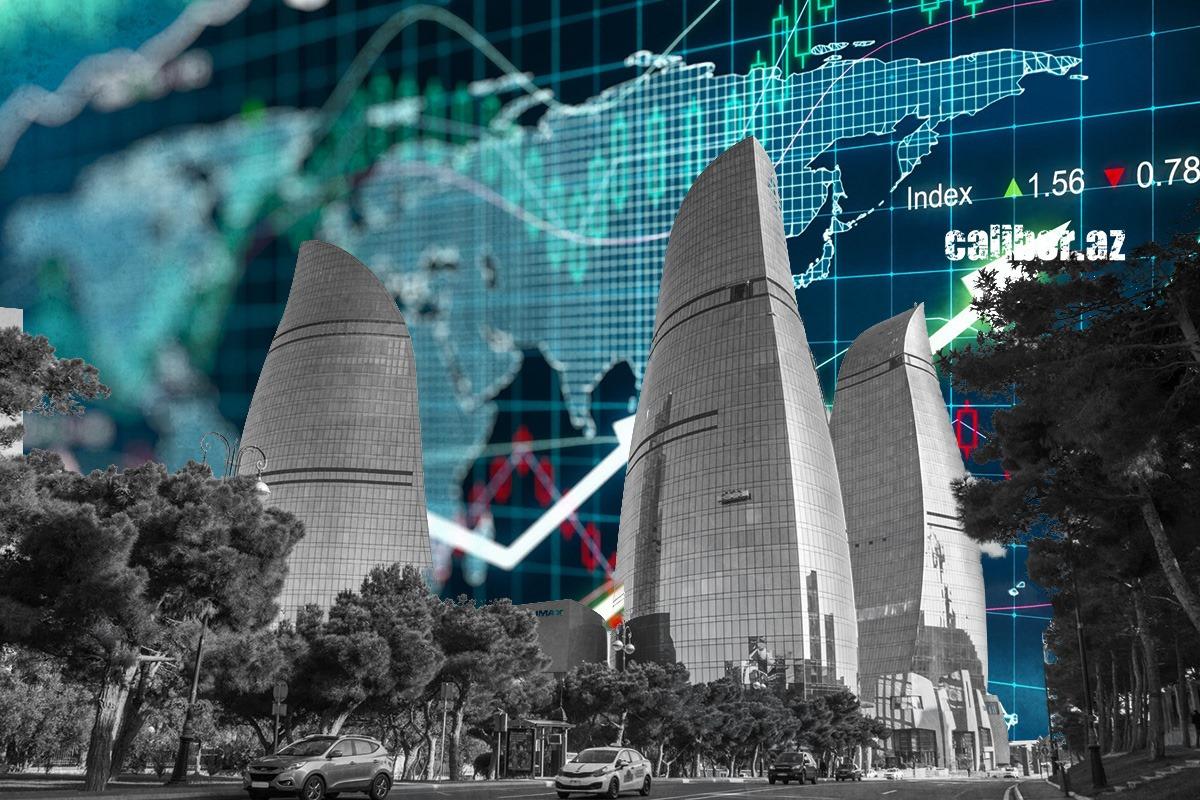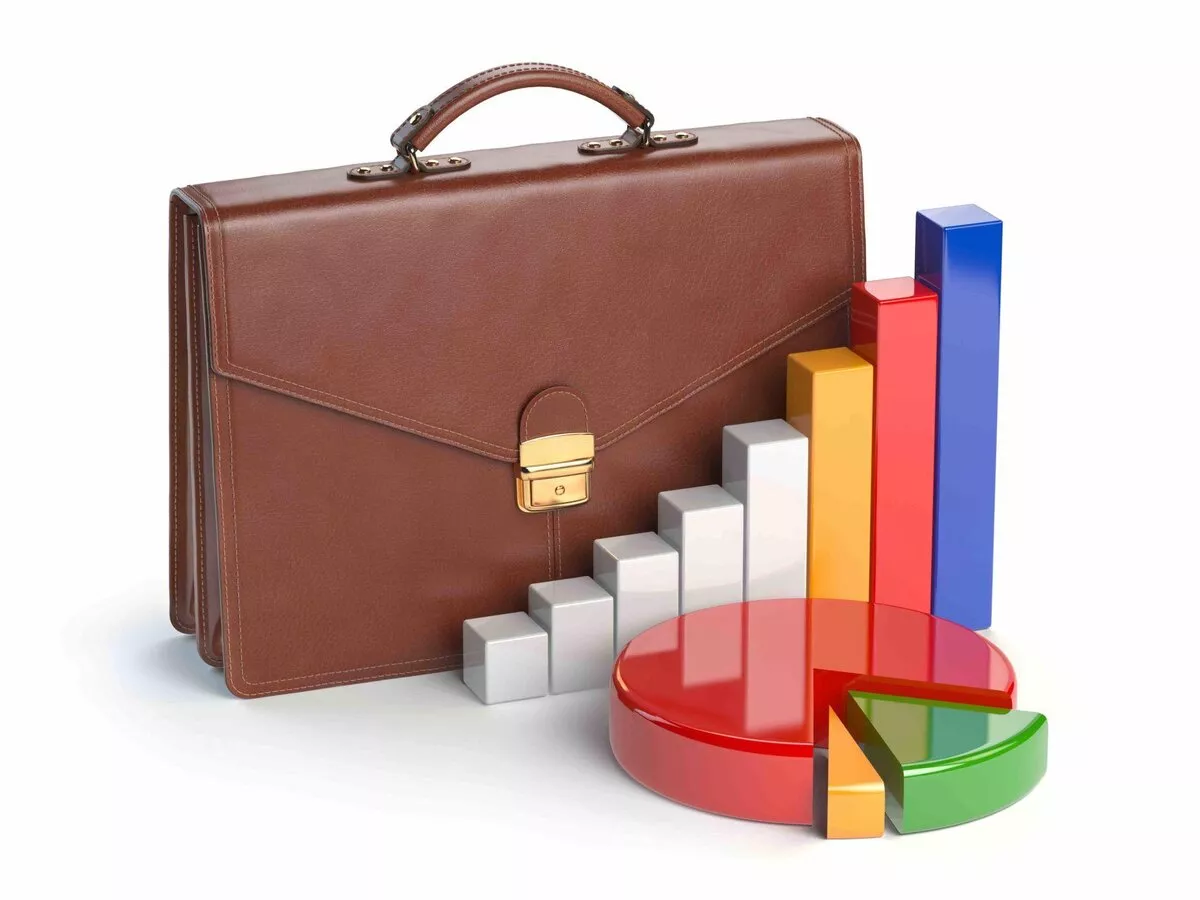Azerbaijan in phase of economic balancing Experts project steady growth
Despite the challenges posed by global economic crises and geopolitical instability, Azerbaijan managed to grow its economy last year. However, the negative trends emerging this year—such as trade wars and declining oil prices—suggest that further growth may be unlikely in the near term. That said, recent assessments from the Central Bank of Azerbaijan, along with analyses from global donor organisations and rating agencies, offer a more optimistic outlook for the country’s Gross Domestic Product (GDP) this year. Additionally, analysts at the Boston Consulting Group predict that countries in the Global South, including Azerbaijan, will be key drivers of global economic growth through the end of the decade.
Successfully overcoming the negative impact of the global recession and inflationary pressures in 2023, Azerbaijan's economy, particularly its non-oil sectors, grew steadily throughout the past year. Despite some challenges in the external economic environment and a decline in exports, the previous year turned out to be quite promising for the development of the domestic economy. Specifically, the GDP in 2024 grew by 4.1%. At the same time, the development of the non-oil sector last year showed a growth rate of 6%, including a 7% increase in Azerbaijan's non-oil industry segment. This is not surprising, especially considering the growing importance of the non-oil sector in the structure of the domestic economy year after year.
For example, in 2011, its share in GDP was 49%, and by the end of 2024, it had reached 68%. This progress is largely supported by the government's consistent policy of creating financial incentives and fiscal preferences, which attract private investments into the real economy sector, increase the capitalisation of industrial clusters—such as technoparks, industrial quarters, and agro-parks—including those in the Karabakh region.

The non-oil sector continues to be a driver of economic growth in Azerbaijan this year, especially against the backdrop of declining production in the extractive industries. For example, by the end of the first quarter, the total GDP reached nearly 29.893 billion manats ($17.6 billion), exceeding the figures for January-March of last year by 0.3%. The main reason for the slowdown in domestic GDP growth is the 3.8% decrease in added value in the oil and gas sector. The trade confrontation between the U.S. and China, as well as the European Union, with mutual tariff increases, is causing price fluctuations in raw material markets. At the same time, the rise in oil production in the U.S. (including shale oil) is putting significant pressure on OPEC+ member countries, which are no longer able to maintain the previously agreed production limits.
All of this has led to a disruption in the global market balance, which is also affecting the economy of the country, where, in addition, the output from oil fields has been declining year by year. However, despite this negative trend, the added value in Azerbaijan's non-oil sector grew by 2.5% in the first quarter, which, despite some slowdown in dynamics, still indicates positive movements in non-extractive industries. In a recent forecast published by the Central Bank of Azerbaijan (CBA), it is noted that the growth rate in the non-oil sector of the country will reach 4.7% by the end of 2025, and 4.6% in 2026. Overall, the CBA estimates the total GDP growth rate for Azerbaijan this year at 3.3%, with a comparable forecast of 3.7% GDP growth also presented by the Azerbaijani Ministry of Economy.

Recently, the growth dynamics of Azerbaijan's domestic economy have been assessed by three leading international rating agencies. Moody's analysts have estimated a real GDP growth of 4% for Azerbaijan in 2025, while Fitch Ratings experts have projected a 3% growth for this year. The lowest figure was provided by S&P Global analysts, who forecasted about 2% growth in 2025-2026. The European Bank for Reconstruction and Development (EBRD) predicts a 3% economic growth for Azerbaijan in 2025 and 2.5% in 2026, while the International Monetary Fund (IMF) has forecasted 3.5% and 2.5%, respectively. According to the latest forecast from the Asian Development Bank (ADB), Azerbaijan's GDP growth is expected to be 3.4% this year, while experts from the largest Dutch banking group, Internationale Nederlanden Groep (ING), estimate the figure at 3%.
In turn, the World Bank (WB) forecasts Azerbaijan's economic growth at 2.6% in 2025 and 2.4% in 2026. According to the recent WB report on the economic prospects of the Europe and Central Asia region titled "Accelerate Growth through Entrepreneurship, Technology Adoption, and Innovation," the 2025 regional outlook has been revised down by 0.1 percentage points compared to the January forecast.
"Azerbaijan’s budget surplus was cut in half, to 4.1 per cent of GDP, due to lower oil sector revenues and rising reconstruction spending," the report states. "Countries with higher money demand and better credit ratings—like those in Central Europe and Azerbaijan, Kazakhstan, and Serbia—have more fiscal space and can sustain larger debt."

Certainly, much today depends on how much the tariff pressure from the U.S. can slow China's development and reduce oil prices, as well as how long trade wars will continue to affect economic growth dynamics in the Asia-Pacific region (APR), which was recently considered the engine of the global economic system. At the end of last year, before the change of administration in Washington, IMF experts believed that the global economy had entered an upward phase of a multi-year cycle and that at least until the end of the decade, the world economy would experience a "moderate growth regime." The engine of this process was expected to be the same APR countries, driven by the growing global demand for high-tech products, microelectronics, and technologies in the field of artificial intelligence (AI). Accordingly, annual GDP growth in the APR countries was forecasted to average 4% until 2030.
Nonetheless, a recent report by Boston Consulting Group (BCG) highlights that until 2029, the combined GDP of the Global South countries will grow at an average rate of 4.2% per year, compared to 1.9% in developed countries. It is also expected that their annual trade volume will reach $14 trillion by 2033. BCG experts believe that companies operating in the Global South countries will have ample opportunities for localising production and attracting investments, with these and other sustainable development factors serving as sources of competitive advantage.
"The countries of the Global South, which include Azerbaijan, will become the main driver of global economic growth by the end of the decade and will carve out a ‘third front’ on the world stage," say BCG analysts.








